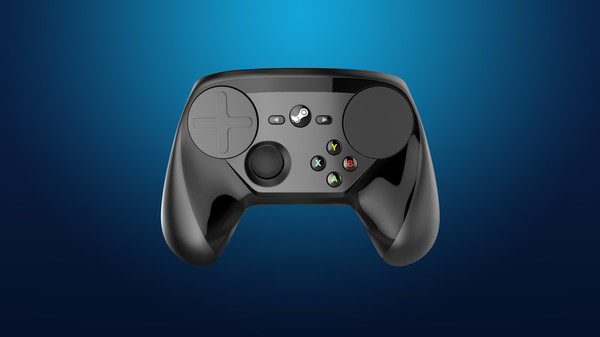There were always high hopes for the introduction of the Steam Controller for PC gaming in general, but for virtual reality (VR) it has had an additional effect that subtly but undeniably has given gamers an easy path between regular and VR formats in one sitting. This, paired with the success of the controller, is helping segway VR into becoming a more regular and familiar gaming experience, and is in turn having a hand in the success of the technology as a whole.
The news came yesterday in a post from Steam itself that over half a million Steam Controllers have been sold since its release November of last year, and if we are thinking in terms of VR it means that half a million PC gamers can now play in VR using a familiar controller, assuming they have a head-mounted display (HMD). Yes, this seems like a big if, but if we are to compare PC VR to console VR, consumers are needing to get used to a new accessory when trying out the HTC Vive and Oculus Rift, whereas for the majority of videogames for the PlayStation VR all that’s required is the use of the usual controller. This may sound like a simple point, but in the long run it is something that bridges the gap between this alien new tech and regular gaming hardware that has been familiar for many years.
There is also the consideration of it being a standardised controller, and not a newly developed piece of hardware that needs to be compared and carefully thought about like many controllers for VR – there is an assurance that it will work, and it will work well. Not only is it standardised, but for each videogame the controller can be adapted without fuss both inside and outside of the virtual world – this speaks for itself when it comes to putting the experience first, even to the extent of applying it to VR.
Using the Steam Controller for VR is nothing new, as the video included in the post is of Project CARS from last year, when the controller first made it onto the scene. The video makes it clear that the controller doesn’t hinder the immersive value of VR, especially with the feature of its tilt sensitivity. For a few gamers – perhaps maybe a little embarassing as it can be at times – it may be natural to tilt the controller whilst playing racing titles, and it seems that the Steam Controller has rolled with the natural motion to connect the player with the videogame moreso. But it is noted that this is no match to motion controllers in many videogames, which do benefit from the added flexibility.
Again, it may seem a bit of a leap or exaggeration to say that the Steam Controller is VR’s saviour, but it certainly greases the hinges to open up the door for more gamers to switch between the titles they want to enjoy without the bother of sorting through the pile of controllers that could come of PC gaming.















